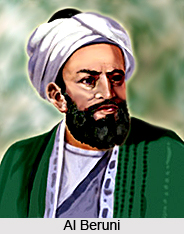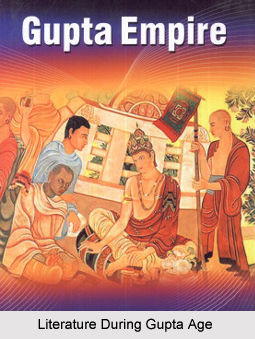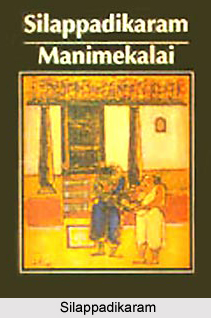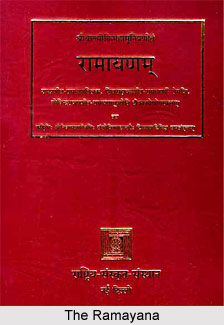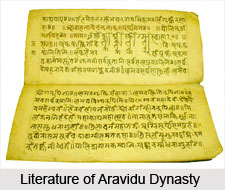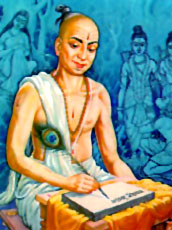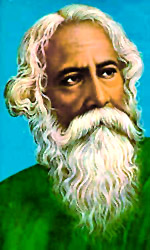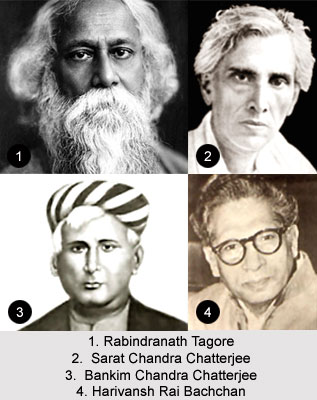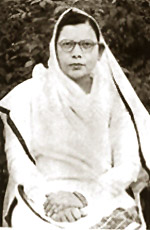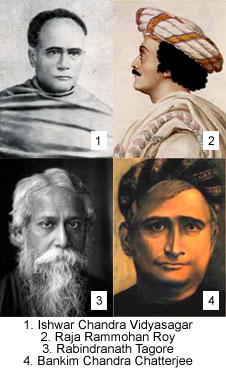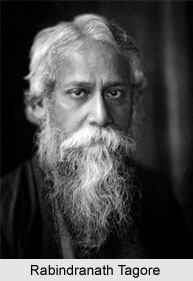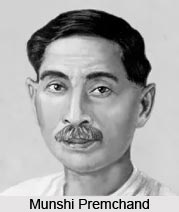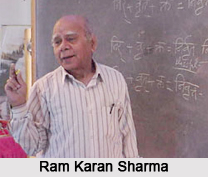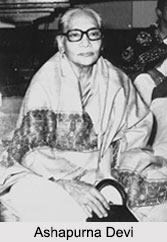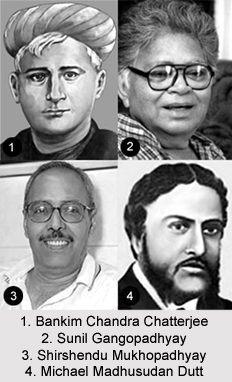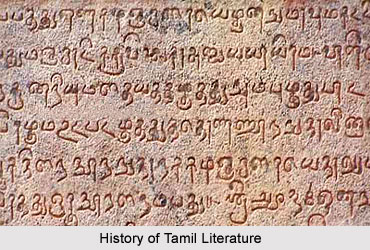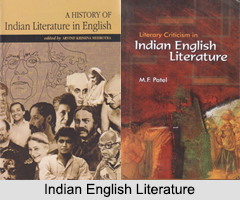The Painter of Signs is the story of Raman and daidsy. Raman is the painter and Daisy the female activist who employs Raman to paint the different signs and symbols in regard to family planning. The story nicely deals the tension between the two where Raman, the painter of signs after much disillusion returns back to his own job of painting. The storyline thus entails the title.
Malgudi is Narayan`s greatest invention wherein he could put in real people, real places in one harmony of day-to-day existence and eccentricity. Every minor and major character of Narayan`s stories fascinates the reader. Among all of his stories there is only villain named Vasu depicts in the story ` The man-eater of Malgudi`. Narayan is that supreme intellectual who discovered that the ordinary is the most extra-ordinary aspect of civilized living.
The life can get an extra feel when simple are around everywhere. R. K. Narayan sees life as it is; and not as what it should not to be. He took writing to a high level where his works could withstand the application of critical literary standards. R. K. Narayan`s style derived from the stories themselves rather than following any stereotype or archetypal fiction. There are lovable characters that are sometimes ludicrous in nature. The narrative is smooth and gentle and the humor is totally uninterrupted. From Swami and Chandran to The Raju in `Guide` and Nagaraj, R. K. Narayan created characters and places where the reader is involuntarily dragged into a living experience with those written in black and white. The author`s every write-ups always conveyed a sublime philosophy of life. All of them carry a simple style as well as the life of a simple personality with "full of incident without accomplishment" but still full of happiness and elevating. `The painter of signs` is another book that takes place in the fictional South Indian town of Malgudi. The book was published in 1976.
Synopsis:
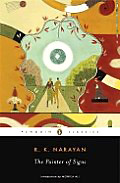 `The Painter of Signs` follows the strange courtship of Raman and Daisy. Raman is a sign painter in Malgudi while daisy is a career wise feminist working to make family planning available to all of India. She employs Raman to paint signs and murals for various clinics throughout the countryside. During their business travel, Raman becomes infatuated with Daisy who is determined to succeed in her own business before becoming his wife. Because of the duality working in both of them when the two young people inevitably get together, it creates a hopeless tension that finally destroys their relationship. Consequently the tranquil life of Raman`s aunt got hampered with the complications of Raman`s so called love story and she decides to go to Benaras alone. The story comes to an end when Daisy is off on her unrealistic request to limit births, the aunt is deprived of her home and Raman is left with only his memories of the time with Daisy. He returns to his own business life as a minor artist that he was before, a painter of signs.
`The Painter of Signs` follows the strange courtship of Raman and Daisy. Raman is a sign painter in Malgudi while daisy is a career wise feminist working to make family planning available to all of India. She employs Raman to paint signs and murals for various clinics throughout the countryside. During their business travel, Raman becomes infatuated with Daisy who is determined to succeed in her own business before becoming his wife. Because of the duality working in both of them when the two young people inevitably get together, it creates a hopeless tension that finally destroys their relationship. Consequently the tranquil life of Raman`s aunt got hampered with the complications of Raman`s so called love story and she decides to go to Benaras alone. The story comes to an end when Daisy is off on her unrealistic request to limit births, the aunt is deprived of her home and Raman is left with only his memories of the time with Daisy. He returns to his own business life as a minor artist that he was before, a painter of signs.
William Heinemann Ltd., Viking Adult, Penguin USA, Penguin Books Ltd, publishes `The painter of signs`.
In `The painter of signs` R. K. Narayan has portrayed it considerably more than a charming travelogue or a narrow slice of peasant Indian life. In this novel Narayan creates characters and situations that touch the heart and delve deeply into the essential contradictions of human life. The book gives considerable perception of the lives of young people trying to find their way in this changing world. Narayan does not avoid the controversies of the times. Set at the time of pre-independence, Painter of Signs deals with the contradictory impulses of family planning. At the end of the book, Narayan has painted a very charming and deceptively simple picture of the complexities of Indian and human life.

